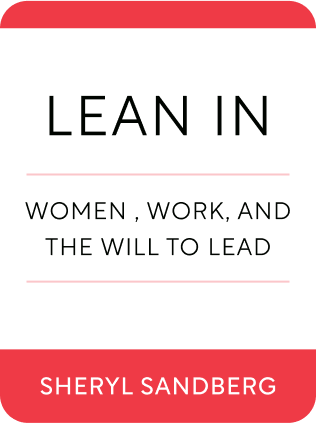

This article is an excerpt from the Shortform book guide to "Lean In" by Sheryl Sandberg. Shortform has the world's best summaries and analyses of books you should be reading.
Like this article? Sign up for a free trial here .
What is gender double standard? Does gender double standard still exist?
The gender double standard is judging men and women differently for the same behavior. Despite what some people say, the gender double standard still exists on many planes in our society (e.g. sexual double standard, behavioral expectations in the workplace, gender pay gap, etc) and it’s greater for women than men.
Here is why the gender double standard is still a problem for women.
The Double Standard Against Women
For this gender double-standard study, the researchers split the participants (business students at Columbia Business School) into two groups. The case study of a successful entrepreneur named Heidi was given to one group. An identical study was given to a second group, but with Heidi’s name changed to Howard. The students respected Heidi and Howard equally, but gave Howard greater likeability scores. The takeaway: men can be decisive and driven and remain likeable, but women are punished for acting the same way. Society expects women to act in a nurturing and communal way.
This bias hurts women financially. Women pay a financial price for being perceived as more communal: they often do more in the workplace without more reward. This is called the “gender discount problem.”
For example, if a man helps a colleague, that colleague is indebted to him and will return the favor. A woman, on the other hand, is seen as “happy to help” and is less likely to have the favor reciprocated. If a man is too busy to help a colleague, it’s not an issue, but if a woman is too busy, she is penalized with unfavorable reviews or fewer rewards. She’s damned if she does and damned if she doesn’t.
The gender discount problem comes into play when negotiating for compensation. Men tend to negotiate more than women. There’s no downside for them; they are expected to advocate for themselves. But when a woman negotiates, both men and women react unfavorably. She’s seen as demanding, violating the perceived gender norms. Even if her negotiations are successful she pays a long-term penalty in goodwill and future opportunities.
How can women negotiate successfully and still have people like them?
- Show concern for the common good.
- For example, women can say that by negotiating for themselves, they are acting on behalf of other women, to lower the pay inequality and set a standard for negotiating women.
- When women use the word “we” instead of “I” the outcome is better. She’s indicating that she’s communal, a welcome female trait.
- Emphasize bigger goals, not just her own interests.
- Offer a valid explanation.
- Better outcomes occur when women justify their requests. Examples: “My manager suggested I discuss my compensation with you.” “My research shows me that compensation for this type of position is within this range.”
- Guard against appearing too nice.
- When she’s too nice, others have a hard time seeing her as a leader. To succeed she has to mix niceness with persistence — being “relentlessly pleasant.”
Adhering to these unwritten rules is terribly unfair to women. But, unfortunately, it is reality; this advice is a means to an end in a world that works this way right now.

———End of Preview———
Like what you just read? Read the rest of the world's best book summary and analysis of Sheryl Sandberg's "Lean In" at Shortform .
Here's what you'll find in our full Lean In summary :
- How professional, personal, and societal hurdles are holding women back
- Why you need to commit to your career with risks and ambition
- How your career is more like a jungle gym than a ladder






